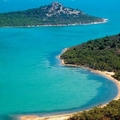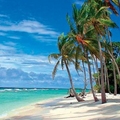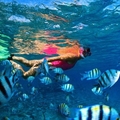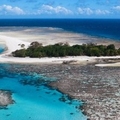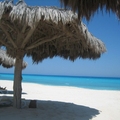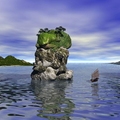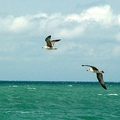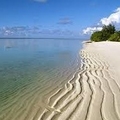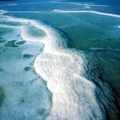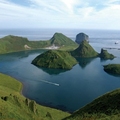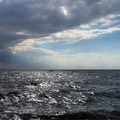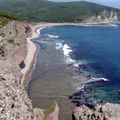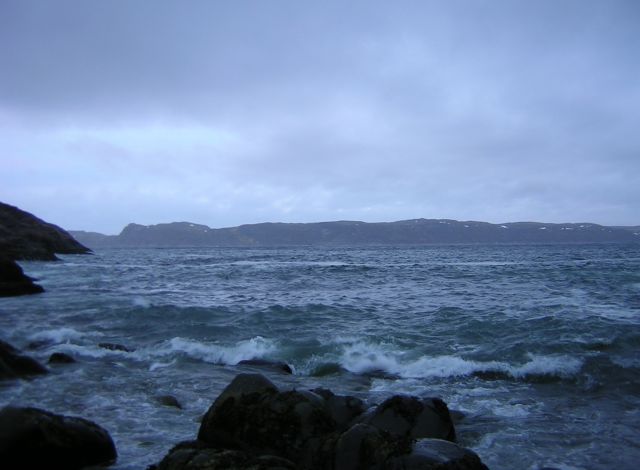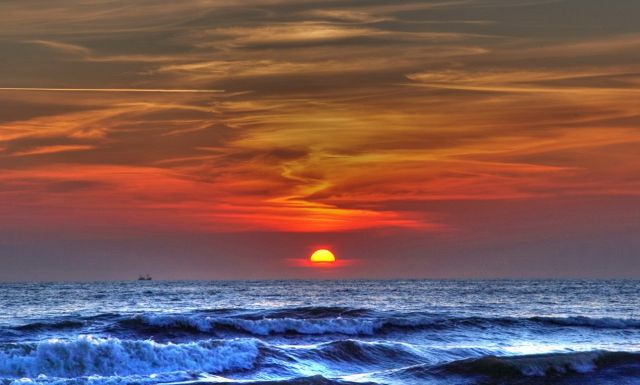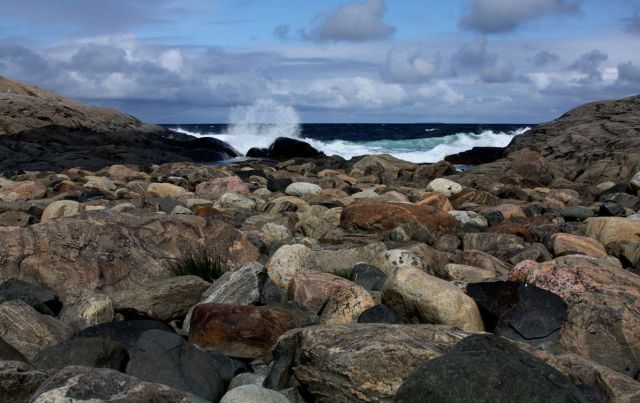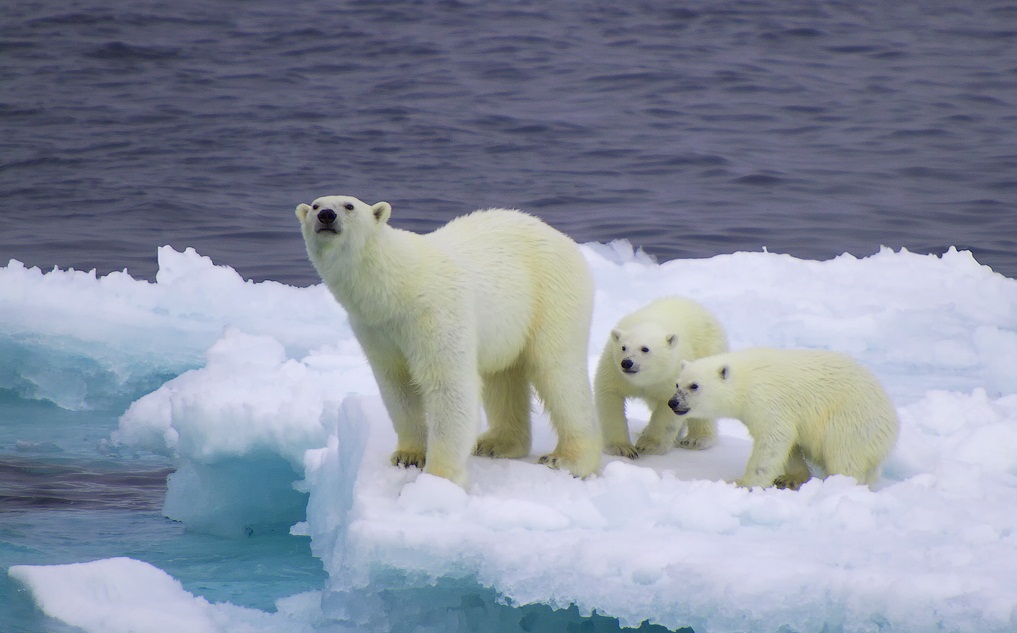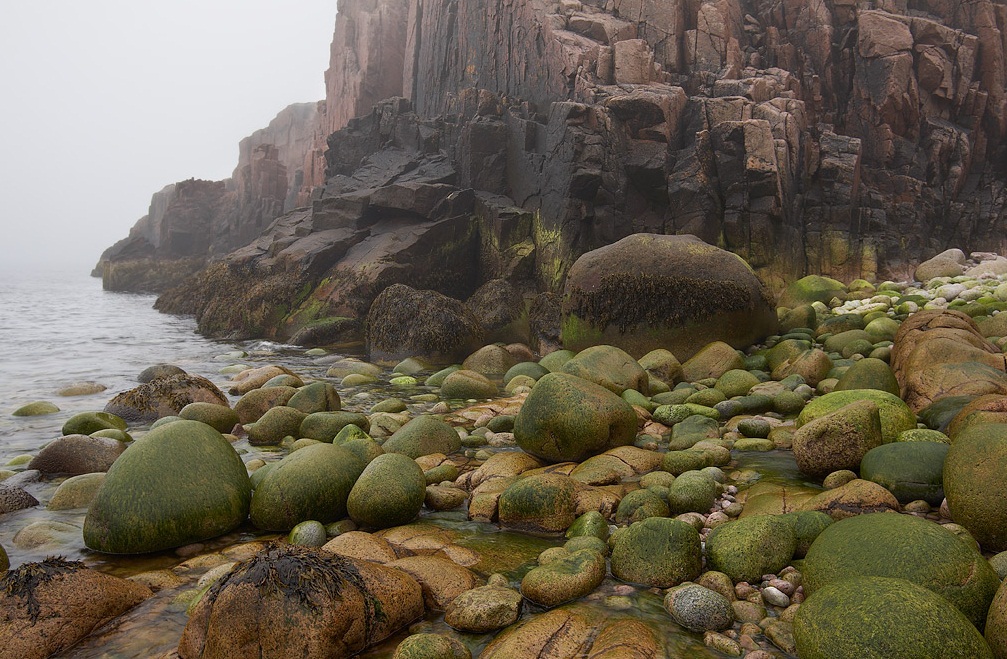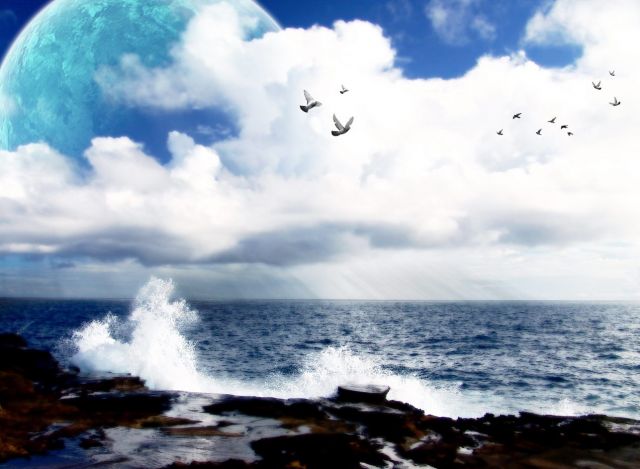World Tourism / The Most Beautiful Seas in the World / The Barents Sea
The Barents Sea
Geographical location and boundaries
The Barents Sea is a marginal sea of the Arctic Ocean. It washes the shores of Norway and Russia. The sea is limited to the northern coast of Europe and the Svalbard archipelago, Franz Josef Land and the New Land. The sea has an area of 1424 sq km ² and a depth of 600 m. The sea is situated on the continental shelf. The southwestern part of the sea does not freeze in winter due to the influence of the North Atlantic currents. The Barents Sea is of great importance for transport and for fishing. There are two major ports: Murmansk and Vardo (Norway).
History and origin of the name
Before the World War II out to the Barents Sea was also Finland’s only ice-free port: Petsamo. A serious problem is the contamination of the sea because of the Soviet / Russian nuclear navy and the Norwegian plants processing the radioactive waste. The first Europeans to visit Viking, then from Novgorod probably began at the end of the 11th century. The Barents Sea was named in 1853 after the Dutch explorer Willem Barents. The scientific study of the sea expedition started in Litke in 1821-1824, and the first complete and reliable hydrological characteristics of the sea were compiled by N. Knipovich at the beginning of the XX century.
Islands in the Barents Sea
The Barents Sea consists mainly of fjord, high, rocky, heavily indented. The largest bays are: Porsanger Fjord, Viking Bay (also known as the Varanger Fjord) , Motovsky Bay, Kola Bay and other east coast of the peninsula Kanin Nos terrain changes dramatically - the banks of primarily low and slightly indented. There are 3 large shallow bay (Czech lip, Pechora Bay, Haypudyrskaya lip), as well as several small coves. The largest of these is the Kolguev Island. From the west, north and east the sea is limited to Svalbard, Franz Josef Land and the New Land. The major rivers flowing into the Barents Sea are Pechora and Indigo. The sea surface currents form a circle counterclockwise. The northern and the western parts of the cycle formed by local and Arctic waters, come from the Kara Sea and the Arctic Ocean. The circulation of the sea water is influenced by the changes, by the winds and the water exchange with adjacent seas. The water exchange with adjacent seas is of great importance in the water balance of the Barents Sea. During the year the sea comes through the straits (and as much out of it) about 76 000 km ³ of water, roughly one fourth of the total volume of the sea water. The greatest amount of water (59 000 km ³ per year) is the warm Norwegian current, has an extremely great influence on the hydro-meteorological regime of the sea. The total river discharges into the sea is an average of 200 km ³ per year.
The natural wealth of the Barents Sea
Salinity surface layer of water on the high seas during the year is in the southwest of 34,7-35,0 ppm, in the east 33,0-34,0, north 32,0-33,0. In the coastal strip in the spring and summer, the salinity is reduced to 30-32 by the end of winter, grows up to 34,0-34,5. The Barents Sea is located within the continental shelf, but, unlike other seas, much of it has a depth of 300-400 m, the average depth is of 229 m and 600 m. The maximum stand out plain (central plateau), Hills (Central, Perseus (the minimum depth of 63 m]), depression (Central, maximum depth 386 m) and trough (western (maximum depth 600 m), Franz-Victoria (430 m), and others). The southern part of the bottom has a depth of 200 m and different aligned relief.
Climate
The climate in the Barents Sea is influenced by the warm Atlantic Ocean and the cold of the Arctic Ocean. Frequent incursions of warm Atlantic cyclone and cold Arctic air determine the great variability of weather conditions. In winter, the sea is dominated by the south-west, in the spring and summer - the north-east winds. There are frequent storms. The average temperature in February is changed from -25 ° C in the north to -4 ° C in the south. The average August temperature 0 ° C, 1 ° C in the north, 10 ° C in the south-west. During the year cloudy weather prevails on the sea. The annual rainfall is of 250 mm in the north to 500 mm in the southwest. The receipt of warm Atlantic water defines a relatively high temperature and salinity in the southwestern part of the sea. Here in February - March the surface temperature is of 3 ° C, 5 ° C, in August it is increased to 7 ° C, 9 ° C. The Barents Sea is rich in various kinds of fish, vegetable and animal plankton and benthos. Algae are common in the southern coast. Of the 114 species of fish in the Barents Sea, the most important in fishing are 20 species: the cod, the haddock, the herring, the redfish, the catfish, the flounder, the halibut, etc. Among the mammals are found: the polar bear, ringed seal, harp seal, beluga, fish for seals. The coasts abound with bird colonies (murres, guillemots, kittiwakes, gulls).
The Barents Sea is of great economic importance for the Russian Federation, as well as for Norway and other countries. The sea is rich in various kinds of fish, vegetables, animal plankton and benthos, so the Barents Sea is of great national economic significance as an area of intensive fishing. Also, very important sea route connecting the European part of Russia (especially in the European North) from the western ports (from the 16th century) and the eastern countries (19th century) and Siberia (15th century). The main and largest port is the ice-free port of Murmansk - the capital of the Murmansk region. Other ports in the Russian Federation are Teriberka, indigo, Naryan-Mar (Russia), Vardo, Vadso and Kirkenes (Norway).
The Barents Sea is a region of dislocation. It is not only for trade but also the Navy of Russia, including nuclear submarines. Come join us in the Arctic! Here you will meet a stern, but incredibly picturesque northern nature. Despite the resistance to cold temperatures and biting winds, polar lakes and rivers, forests and tundra, sea birds and animals are in need of our care and attention. This is why the regions washed by the Barents Sea are very beautiful and attract many tourists.
Others The Most Beautiful Seas in the World .
Maps of The Barents Sea
mapOthers from The Most Beautiful Seas in the World
.
.
They fascinate, attract, please, make one forget the problems of today and give you their miracles .
.
.
Egypt, UAE, Thailand, Tunisia, Turkey, Cyprus, Mauritius, Greece, Italy…A holiday at the seaside in any of these countries allows to soak up on the beautiful beaches, to do active sports, fishing, scuba diving, to visit wonderful tours and to get acquainted with the natural, historical and cultural sights, to taste the unusual, local cuisine, to buy souvenirs and make quite a bargain.
And with each burst the fatigue decreases and the cities clear your nervous system from stress.
What a sea is A sea is a generic name given to the vast expanses of standing water, deep and salty, on the Earth's surface, which are usually united by a narrow ocean.
A sea is also a part of the ocean, isolated land, islands or underwater terrain elevations, different from the hydrological and meteorological regime of an open ocean: salinity, water temperature, currents, etc.
The more closed the sea dry land is, the more it differs from the ocean.
A sea is sometimes an open ocean or a large lake.
Sea classification According to the degree of isolation and according to the characteristics of the hydrological regime, the seas of the world are divided into internal or semi-enclosed seas, marginal and inter-island seas.
From the geological point of view, the modern seas are young formations: they are all defined in outline, similar to modern, in the Paleogene-Neogene time, and finally took shape in the man-made.
The deepest seas were formed in the areas of major crustal faults ( The Mediterranean Sea).
Shallow seas have flooded waters in the oceans outlying parts of the continents in their lowered or increased sea level and are usually on the continental shelf.
A seaside is a narrow part of shallow seas and oceans, including the drying zone at a low tide.
The most important seas In all there are 54 seas, but the most important seas are probably these: The Baltic Sea, The North Sea, The Black Sea, The Mediterranean Sea, The Marmara Sea, The Aegean Sea, The Caspian Sea, The Azov Sea, The Ligurian Sea, The Tyrrhenian Sea, The Ionian Sea, The Adriatic Sea, The Norwegian Sea, The Red Sea, The Caribbean Sea, The Labrador Sea, Beaufort, Bering, Philippines, The Yellow Sea, The Sea of Japan, China South and East Celebes and Sulu (the Philippines), Saudi, Laccadive, Maldives, Tasman, Timor, Arafura (in Australia) The Coral Sea, Bismarck and the Solomon Sea.
The Marmara Sea is the smallest sea, the largest sea is the Sargasso.
The saltiest sea is the Red Sea.
Because of the lack of a river flow, the water of the Red Sea is one of the most transparent.
The visibility in the water is of a few tens of meters.
The Red Sea also occupies a top position in the list of the warmest seas, with temperatures up to 32 degrees.
The sea is very popular with snorkellers.
Some seas are named by the color of the sea, for example, the same Red Sea is named for the brown microalgae, which give the water a reddish hue.
The Black Sea is named due to the fact that if you omit the depth of any object, it will be covered with a black coating (hydrogen sulphide salt dark color).
The Sargasso Sea due to the green of the large amount of algae.
The Baltic Sea is called golden because the water dissolved in the sea several times more gold than in other seas, six times higher than in the Black Sea.
In all the seas and oceans were dissolved 15 - 25 billion pounds of gold.
What could be a great holiday at the seaside ? Tender southern sun, the refreshing breeze, filled with delightful aromas, golden beaches and a strip of translucent waves, with a quiet rustle of rolling to the shore.
Holidays at the seaside is an opportunity to relax, to forget about everyday problems and concerns and take a lot of delightful impressions and emotions! In modern beach resorts, without exaggeration, there is everything for a comfortable stay! Beautiful beaches and restaurants with fine dining, sports clubs and spas, shopping malls and a variety of nightly entertainment.
And, of course, each country has its own unique national flavor and rich history, which can dip into, visiting attractions and tours.
Holidays at the seaside is the most popular form of recreation.
Everyone wants a long-awaited vacation at the sea , but for all of us, these concepts are different.
Someone likes to lie on the beach, while others want to heal.
And to make your beach vacation like this you need to get as much information about the place where you are going.
This poll contains a lot of very diverse information.
Visit and enjoy the seas! Good luck to all! Wonderful holidays and a deep blue sea!

